
Optimisation fiscale : 8 astuces pour payer moins d’impôt sur les sociétés
L’impôt sur les sociétés, comme l’impôt sur le revenu, peut être aisément diminué en utilisant certains leviers mis en place par le législateur ou la pratique. On parle ainsi d’optimisation fiscale, c’est-à-dire de l’ensemble des moyens légaux permettant de diminuer son imposition.
Optimisation fiscale : 8 astuces pour payer moins d’impôt sur les sociétés : la déduction des charges courantes
En matière d’impôt sur les sociétés, la plupart des charges entrant dans l’intérêt de l’entreprise sont déductibles (sauf exceptions prévues par la loi, comme les dépenses somptuaires).
De nombreuses entreprises ne savent pas nécessairement quelles sont les charges pouvant être déduites de leur résultat et de ce fait, ne parviennent pas à optimiser leur situation fiscale.
En outre, le législateur donne parfois plusieurs méthodes de prise en considération des charges, en mettant à disposition un barème par exemple. Il conviendra de déterminer quelle méthode est la plus avantageuse, même si elle se révèle plus complexe à utiliser.
Optimisation fiscale : 8 astuces pour payer moins d’impôt sur les sociétés : créer des charges utiles et mettre les charges liées au gérant en avantages en nature
En matière d’optimisation fiscale, il faut créer des charges à supporter pour le compte de l’entreprise, même si la sortie de trésorerie ne se fait pas encore. Quelques exemples :
- Le carburant utilisé doit être utilisé via une carte au nom de la société (facturation faite à la société à chaque rechargement) ;
- Les avantages en nature du gérant (eau, électricité, loyer, téléphone, carburant, jardiniers, femmes de ménage) doivent être intégrés dans son contrat de travail même si ces derniers doivent rentrer dans la base imposable à l’IR. Cependant l’économie d’IS générée par la création de ces charges déductibles pour la société supplantera l’IR supporté et payé au courant de l’année d’imposition ;
- Les véhicules de service et de fonction doivent être au nom de la société, ce qui fait que leurs frais de réparation, assurance, entretien, et leurs amortissements seront déductibles pour la société ;
- Veuillez à ce que toutes les factures soient au nom de la société et que le fournisseur en face dispose du NINEA et que toutes les mentions obligatoires exigées par l’art 457 du CGI y soient.
Optimisation fiscale : 8 astuces pour payer moins d’impôt sur les sociétés : les frais supportés par le gérant sur le plan professionnel
Le gérant d’une société doit préparer des notes de frais (dépenses professionnelles supportées par lui au nom de la société) dont il a la possibilité de se faire rembourser par la société (Mention doit être faite dans son contrat de travail dans ce sens en vue de se couvrir quant à cette pratique).
Optimisation fiscale : 8 astuces pour payer moins d’impôt sur les sociétés : travailler qu’avec des gens du formel (disposant d’un COFI en bonne et due forme) pour une récupération optimale de la TVA ou qui en sont entreprise individuelle ayant opté pour le CGU
Optimisation fiscale : 8 astuces pour payer moins d’impôt sur les sociétés : la déduction des charges financières
C’est l’un des leviers d’optimisation fiscale que peuvent utiliser certaines entreprises ayant des filiales.
Ainsi de nombreuses sociétés viennent minorer leur résultat imposable en déduisant les intérêts des emprunts souscrits auprès de sociétés liées (prêts intragroupe) ou pour réaliser certains investissements, comme l’acquisition des titres d’une société cible.
La situation peut être optimisée grâce au recours au régime d’intégration fiscale, permettant d’imputer les déficits de certaines sociétés sur les bénéfices générés par d’autres entités (option pour le régime mère-filiale).
Optimisation fiscale : 8 astuces pour payer moins d’impôt sur les sociétés : la bonne utilisation des déficits
L’utilisation des déficits reportables (en avant ou en arrière) est un bon moyen de réduire son impôt sur les sociétés.
Certaines sociétés disposent même d’un « stock » très important de déficits qui leur permet de ne pas payer d’IS pendant plusieurs années.
Optimisation fiscale : 8 astuces pour payer moins d’impôt sur les sociétés : les crédits et réductions d’impôt
Comme en matière d’impôt sur le revenu, le législateur a prévu de très nombreux crédits et réductions d’impôt venant réduire l’IS du.
Ceux-ci viennent favoriser certaines dépenses et peuvent, dans certains cas, se révéler très intéressants.
Ainsi on peut citer les avantages fiscaux suivants :
- Réduction d’impôts pour investissement de bénéfices au Sénégal (Art 232 à 239 du CGI),
- Réduction d’impôts sur les BIC, les BNC et les BA pour investissement dans le domaine de l’énergie solaire ou éolienne (Art 240 à 244 du CGI – 30% des sommes réellement payées au titre des investissements admis) ;
- Réduction d’impôts pour investissement de revenus au Sénégal ;
- Crédit d’impôts pour investissement (Art 249 à 252 du CGI) pour les entreprises qui réalisent au moins 100 millions d’investissement ou pour une PME si les investissements sont supérieurs à 15 millions : réduction égale à 40% des montants investis plafonné à 50% du bénéfice imposable (70% dans les régions hors Dakar) et elle est étalable sur 5 ans ( possibilité de l’étaler sur 5 ans à compter de l’année suivante la clôture du programme d’investissements)
- Réduction d’impôt pour l’exportation (Art 253 du CGI) : réduction à 50% du bénéfice imposable pour les entreprises industrielles, agricoles et de télé-services qui exportent 80% de leur production (hors entreprises minières et pétrolières).
Optimisation fiscale, 8 astuces pour payer moins d’impôt sur les sociétés : les exonérations
Il y a deux types d’exonération en matière d’IS :
- celles relatives à certains revenus,
- celles relatives à certaines entités.
Ainsi certains revenus sont expressément exonérés d’impôt sur les sociétés (après réintégration d’une quote-part de frais et charges dans certains cas). C’est ainsi le cas de certaines plus-values (sur des titres de participation par exemple) ou des distributions de dividendes intragroupe (option pour le régime mère-filiales).
En outre, certaines entités remplissant des conditions strictes voient leur résultat (ou une part de leur résultat) exonéré d’impôt sur les sociétés. Parmi celles-ci, on peut citer les jeunes entreprises innovantes ou les entreprises situées dans certaines zones du territoire (Entreprises franches d’exportation, Agrément code minier, Agrément code des investissements, Loi sur les ZES).
Optimisation fiscale, 8 astuces pour payer moins d’impôt sur les sociétés : Adhérer au Centre de gestion agréé de Dakar ou des régions si vous êtes une PME -TPE
Les adhérents des CGA bénéficient des avantages fiscaux ci-dessous :
- un abattement de 15% sur la base imposable à l’IS pour les sociétés, soit un taux d’imposition de 25,5% au lieu de 30% pour les non adhérents ;
- un abattement de 15% sur la base imposable à l’IR pour les personnes physiques ;
- le paiement de la TVA à l’encaissement.


